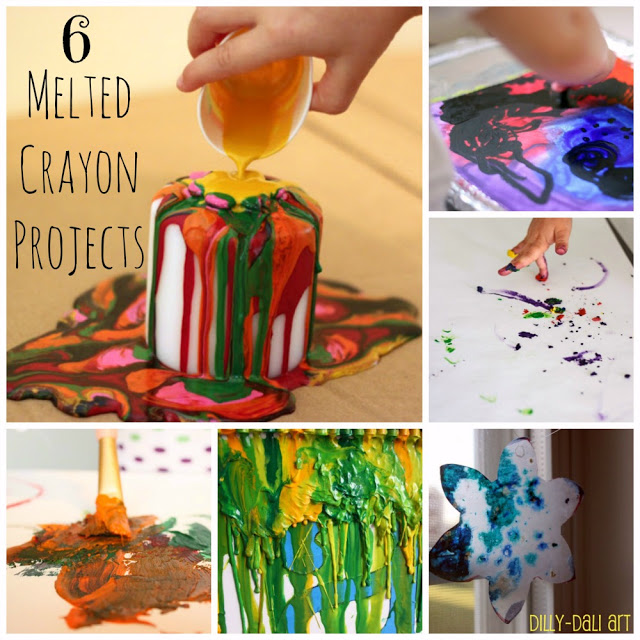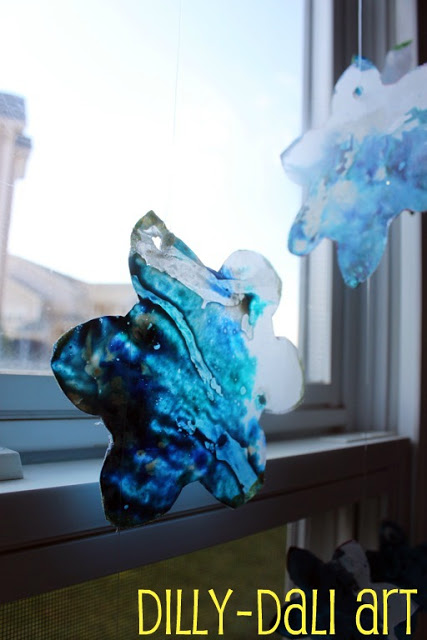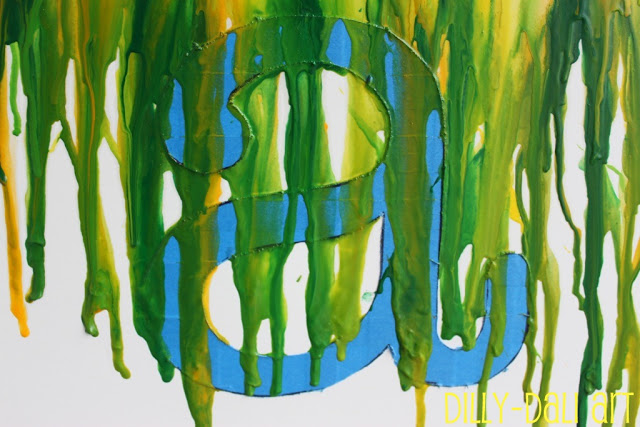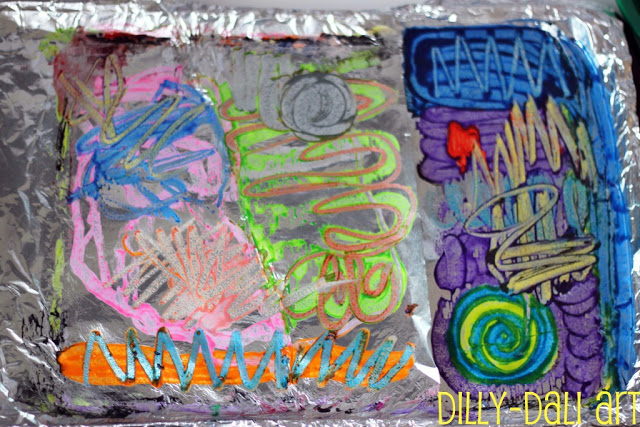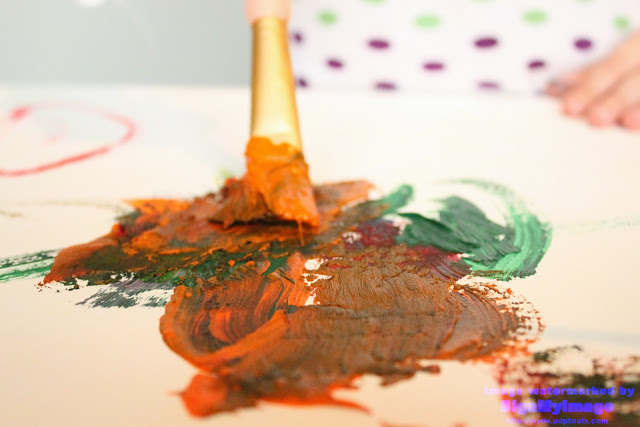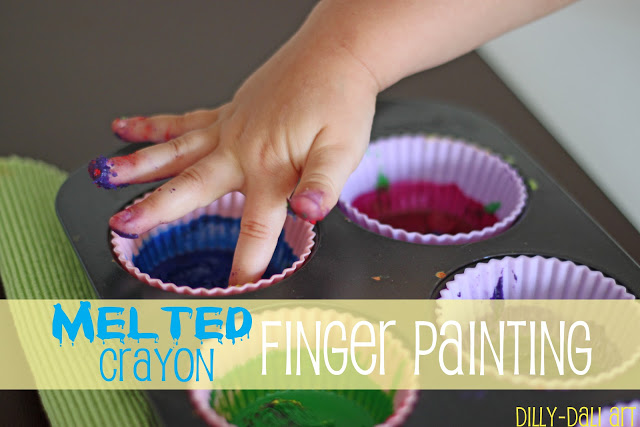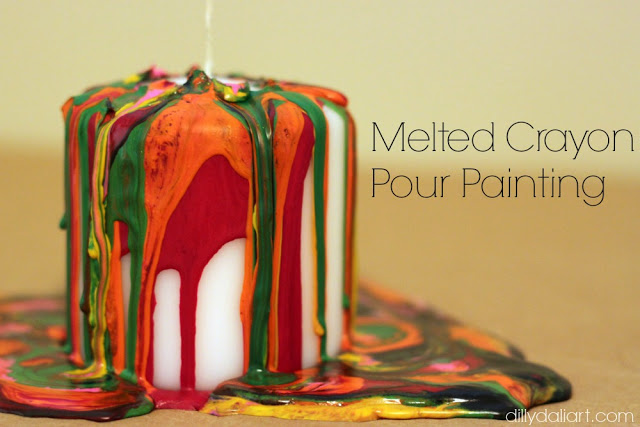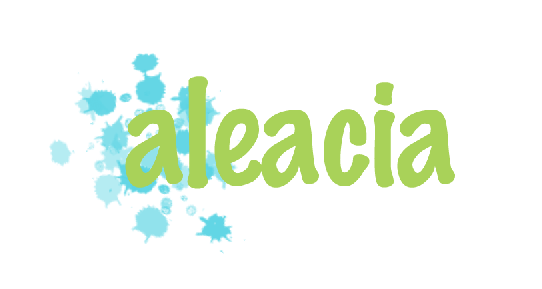Writing a research proposal is a challenge, and many researchers will find themselves stuck in the process. However, with practice, you should be able to create one that will get the results you want. This article will help you understand what makes a good proposal and how to draft your proposal.
What is proposal writing?
Very often, people ask "what is a proposal in writing?" The act of writing a proposal is the same as pitching an idea in written form. The aim of this type of writing is to persuade the reader to take certain actions in response to the offer or idea presented.
Why are proposals written?
There are different reasons for writing proposals. A business proposal is written to convince prospective clients. A research proposal on the other hand is written to convince the reader of the significance of your paper and your competence.
Tips to consider when drafting your research proposal assignment
The following are ways to help you improve your proposal writing abilities.
- Look at what has been written before
Before you write your research proposal, it is helpful to look at what has been written before. There are many resources available online that allow you to compare your topic with others. You can also look at other types of proposal, such as marketing plans and press releases. If your project is unique or different from existing work in the field, it may be helpful for you to consider how the topic fits into larger conversations about society or culture.
- Understand your audience
There are several ways to write an effective research proposal. The first and most important thing to do is understand your audience. This will help you determine what kind of information they need, as well as how much detail is needed for them to understand it. If you can answer these questions before writing, then every other thing will fall into place automatically.
To begin with, ask yourself the following questions (these questions should help guide any decision-making process regarding content and format).
- Who is going to be reading this proposal?
- What type of person would benefit most from reading this particular piece?
- How old should they be, based on their level of maturity (i.e., middle schoolers vs high schoolers)?
- Know the format of a research proposal
To write a good research proposal, you must know how to format it. A well-written research proposal is an important part of the process and one that can be very helpful in getting your project funded or accepted by your professor.
The sections of a research proposal are a title page, an abstract, a table of content, an introduction to research, background, and significance, research questions, objective, plan or approach, literature review, limitations, and references.
- Draft your proposal
Use the paper proposal outline you create to write your proposal. Knowing what information you want to include and in what order will help you stay focused on your main points. You can also use this outline as a checklist while writing.
- Edit your proposal
Proofread, then proofread again. You do not want to be the person who gets a great idea but forgets to make sure it is clear and concise enough for the reader. It is easy to miss errors in your writing, so take the time to double-check before submitting your proposal. Make sure there are no spelling or grammatical errors; use a style checker tool if you need one (like Grammarly). Check for consistency throughout by making sure all parts of the document are formatted similarly and that everything flows properly from section to section.
Finally, remember that people will judge whether or not they want to fund projects based on how well-researched each project appears; so do not forget about this when revising.
Conclusion
Writing an effective research proposal can be challenging, but with practice, you should be able to create one that will get the results you want. Hopefully, this article has given you some ideas on how to write a research proposal. Of course, the best way to learn is by doing and making mistakes, so do not be afraid to get started on your project.

